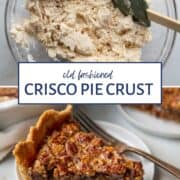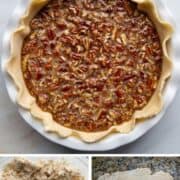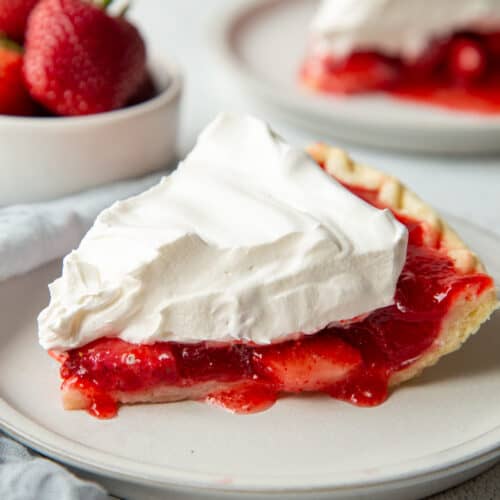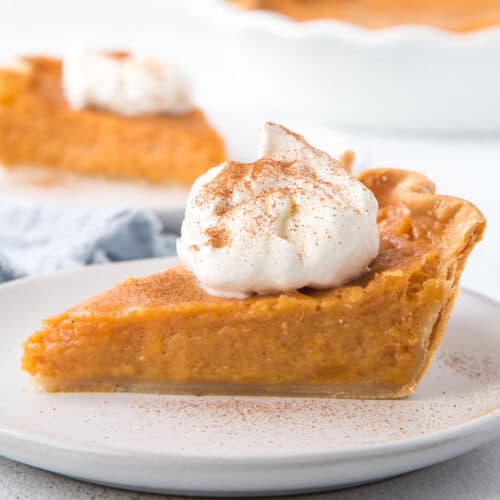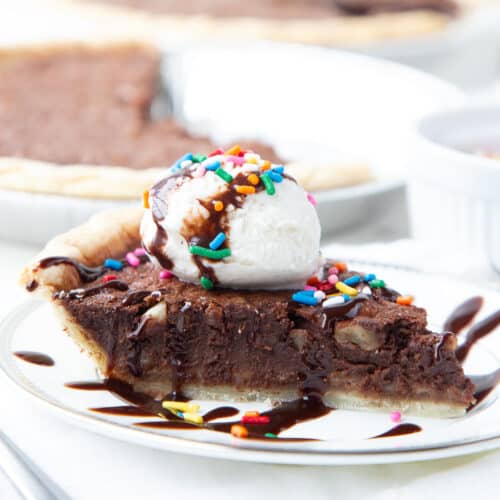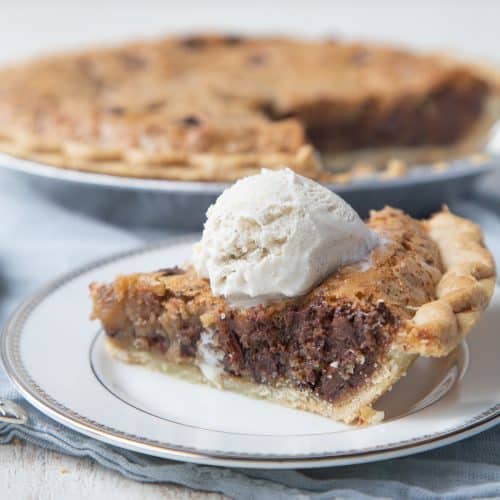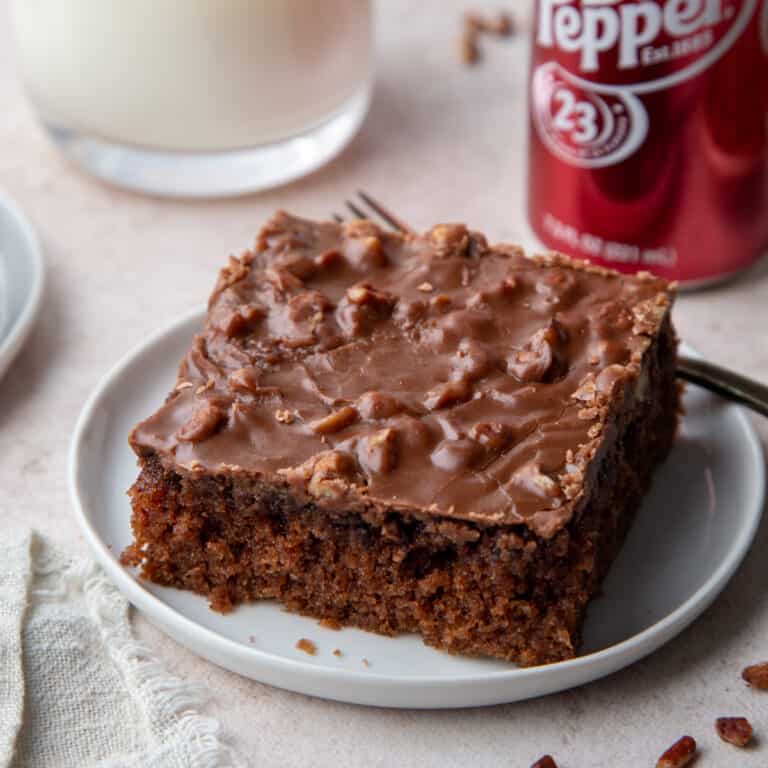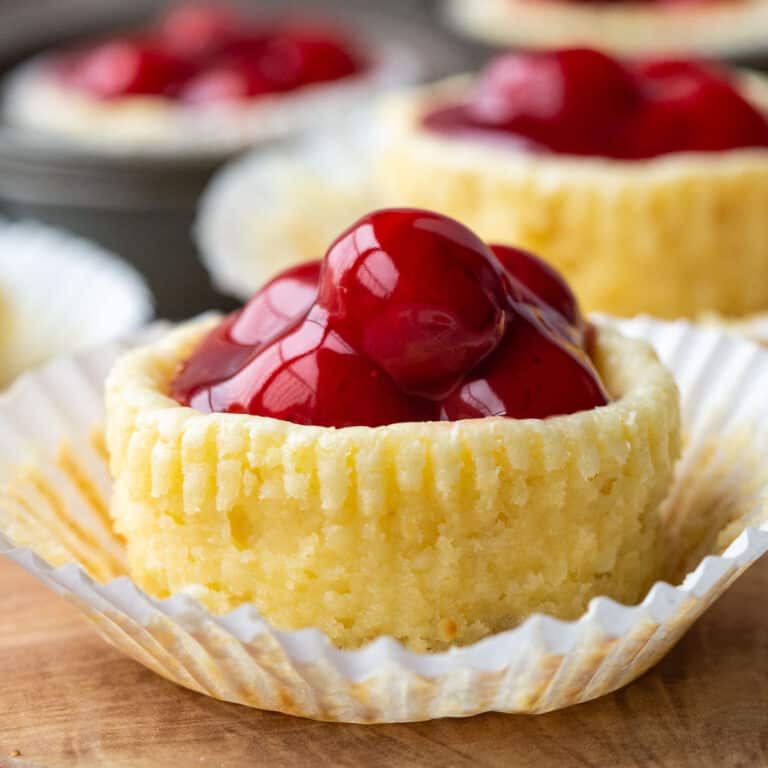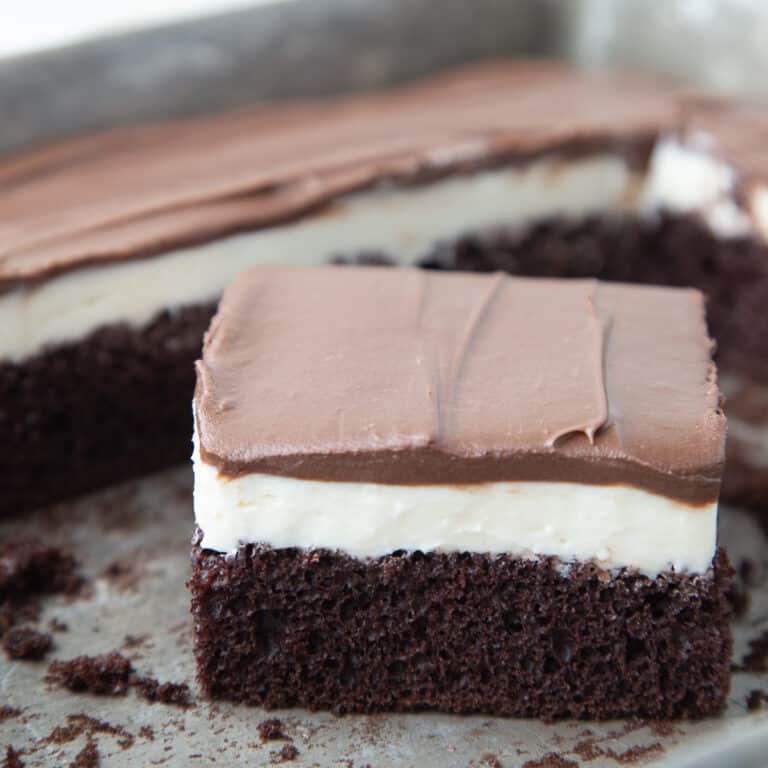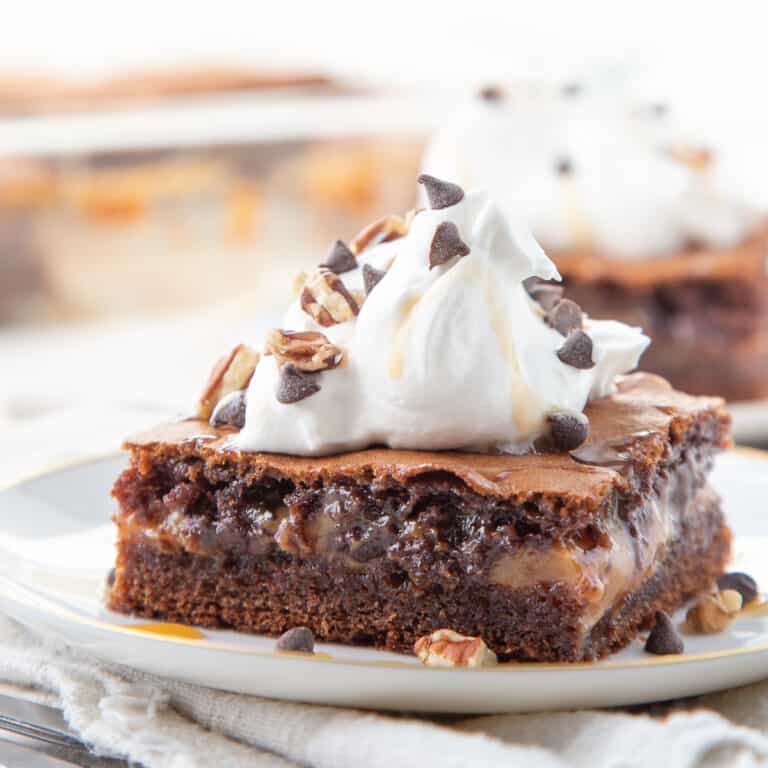Crisco Pie Crust Recipe
Shortening really does make the most tender pie crust! This Crisco Pie Crust Recipe is straightforward, easy to work with, and makes an incredible pie.
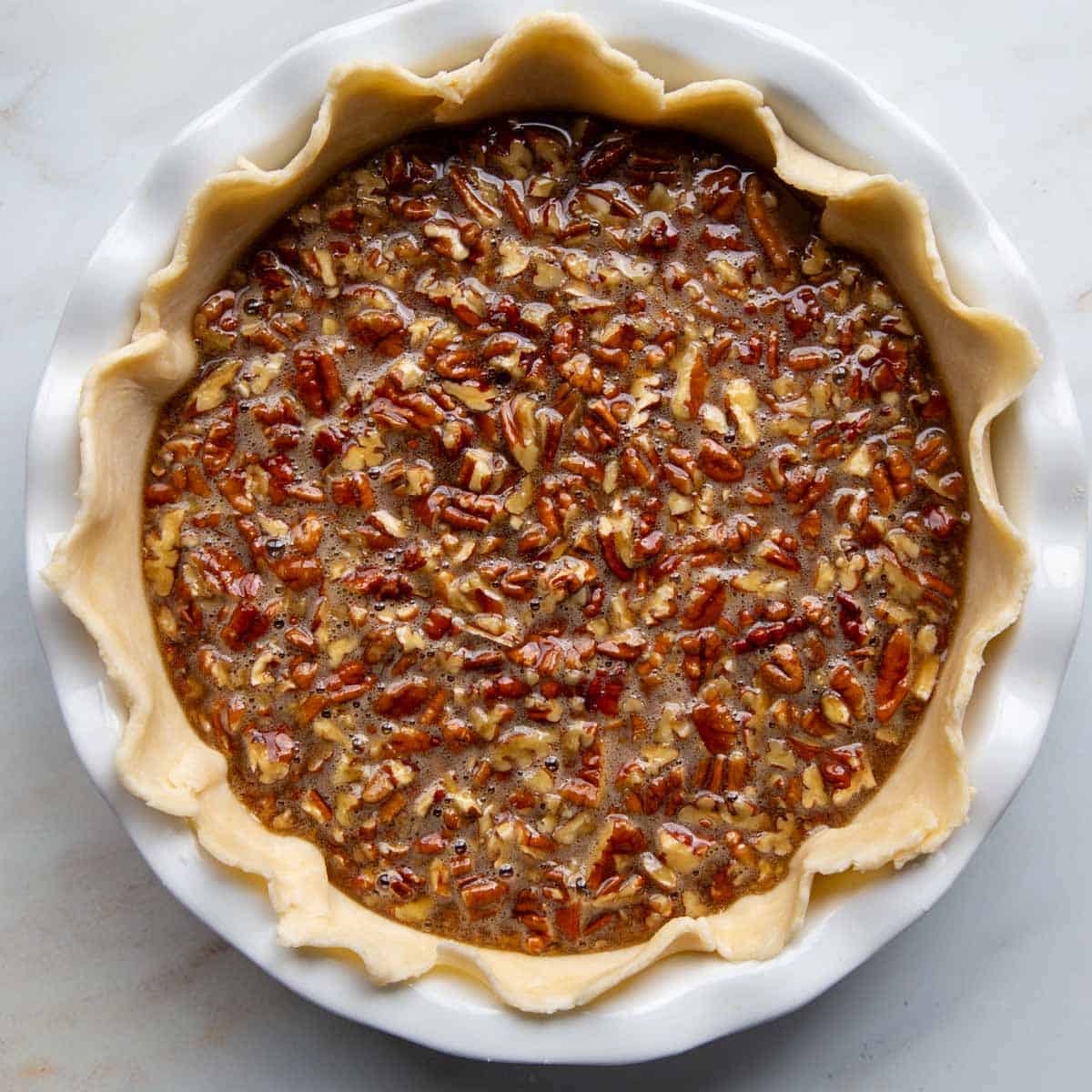
If you want a flaky pie crust that’s easy to roll, this is the recipe to use!
Shortening has the ability to change the structure of baked goods to produce a tenderness that’s hard to beat. When used in pie crust, it becomes flaky and tender, instead of brittle, doughy, or crumbly.
This Crisco Pie Crust recipe is from a 1970s church cookbook. It employs a few methods to create the perfect pie crust:
- All shortening (Crisco) and NO butter
- Both salt and sugar to create a crust that is balanced in flavor
- The addition of vinegar makes it easier to roll out and prevents it from becoming tough
I most recently used it for an Old Fashioned Pecan Pie recipe (recipe coming soon!), but it can be used for any pie you like, whether it’s baked or no-bake.
This post contains affiliate links. Affiliate links support Gift of Hospitality at no additional cost to you. I receive a commission if you choose to make a purchase through these link.
Jump to:
- Why use Crisco in pie crust?
- Ingredients
- How to make a pie crust with Crisco
- Tips for rolling out Crisco pie dough
- Fluting, crimping, or rolling the edges
- Pre-baking the crust
- Frequently Asked Questions
- Final tips for making a pie crust with Crisco
- Pie recipes to use with a Crisco crust
- 📖 Recipe
- Related recipes
- 💬 Reviews
Why use Crisco in pie crust?
- It creates a delightful flakiness.
- The crust is tender and crispy, without falling apart.
- It doesn’t shrink in the oven.
- It’s very easy to roll out.
- It’s neutral tasting, so it allows the flavor of the pie filling to shine through.
- The method is faster—it just needs a quick 30 minutes in the refrigerator, versus an all butter pie crust that needs a few hours to chill.
Ingredients
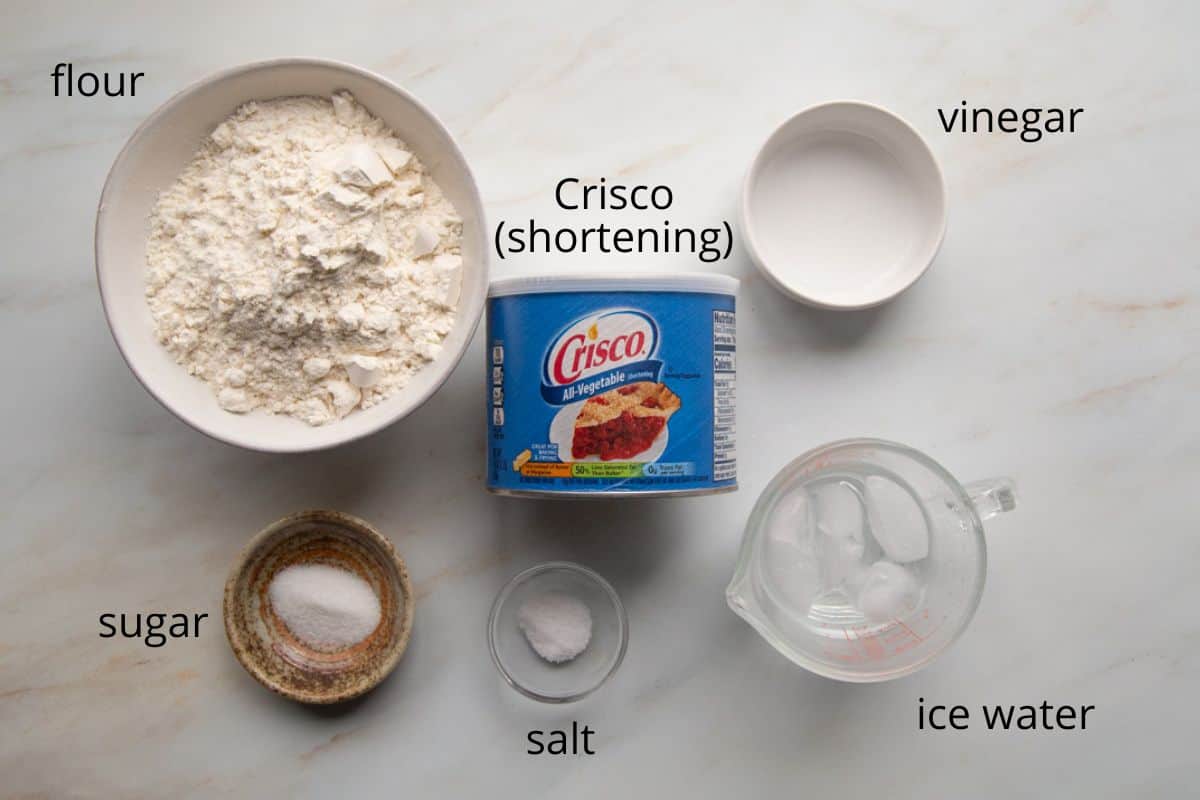
- Crisco or a store brand of shortening creates the flaky layers that just melt in your mouth. I used regular but you can use butter flavored Crisco if you’d like!
- All-purpose flour is the best flour to use here.
- Just one teaspoon of sugar makes the crust perfect for a sweet pie. Omit it if you’re making a savory pie, such as quiche.
- Salt allows the toasted flavor of the crust to shine through.
- Vinegar prevents the crust from becoming tough.
- Ice water keeps the dough cold and easy to work with. It basically prevents the Crisco from melting into the flour. Instead, the dough will be lumpy, which creates that flakiness!
How to make a pie crust with Crisco
Start by whisking together the flour, sugar, and salt.
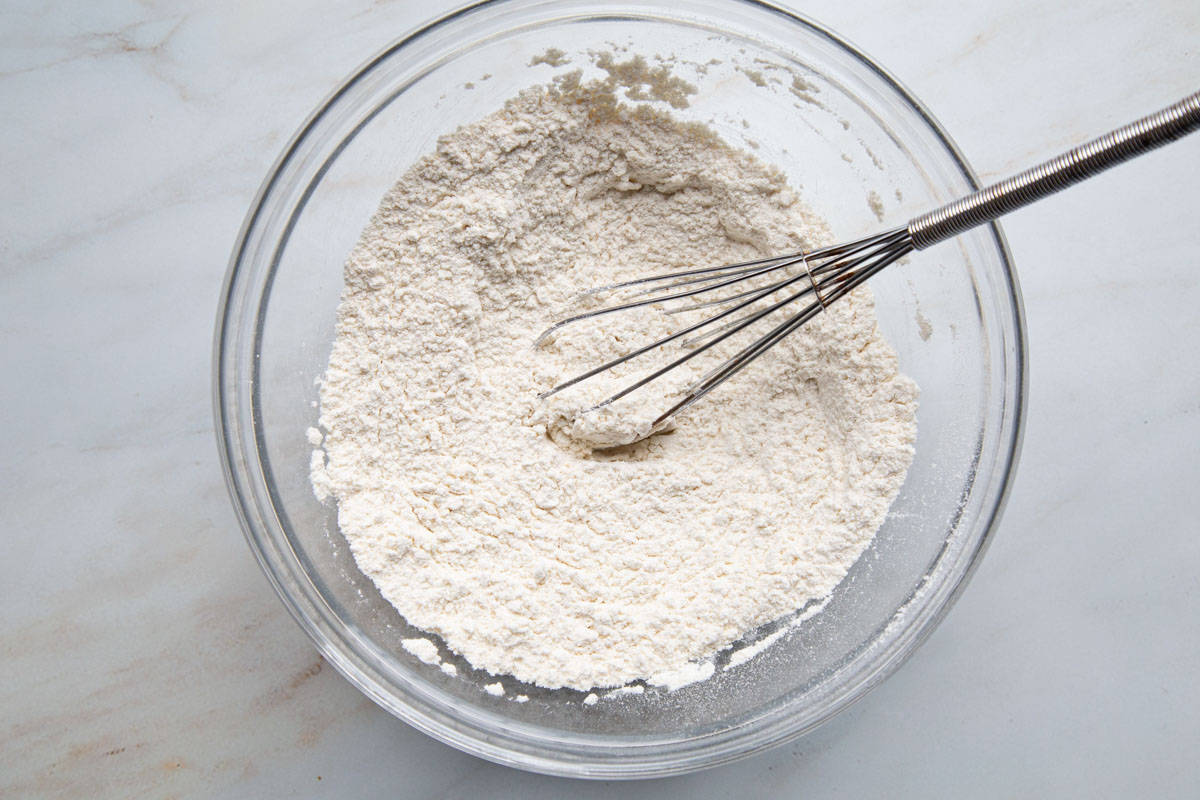
Add the Crisco, and use a fork to mix it into the flour. You can also use a pastry blender. I don’t recommend using your hands, as the heat from your hands will warm the shortening too much.
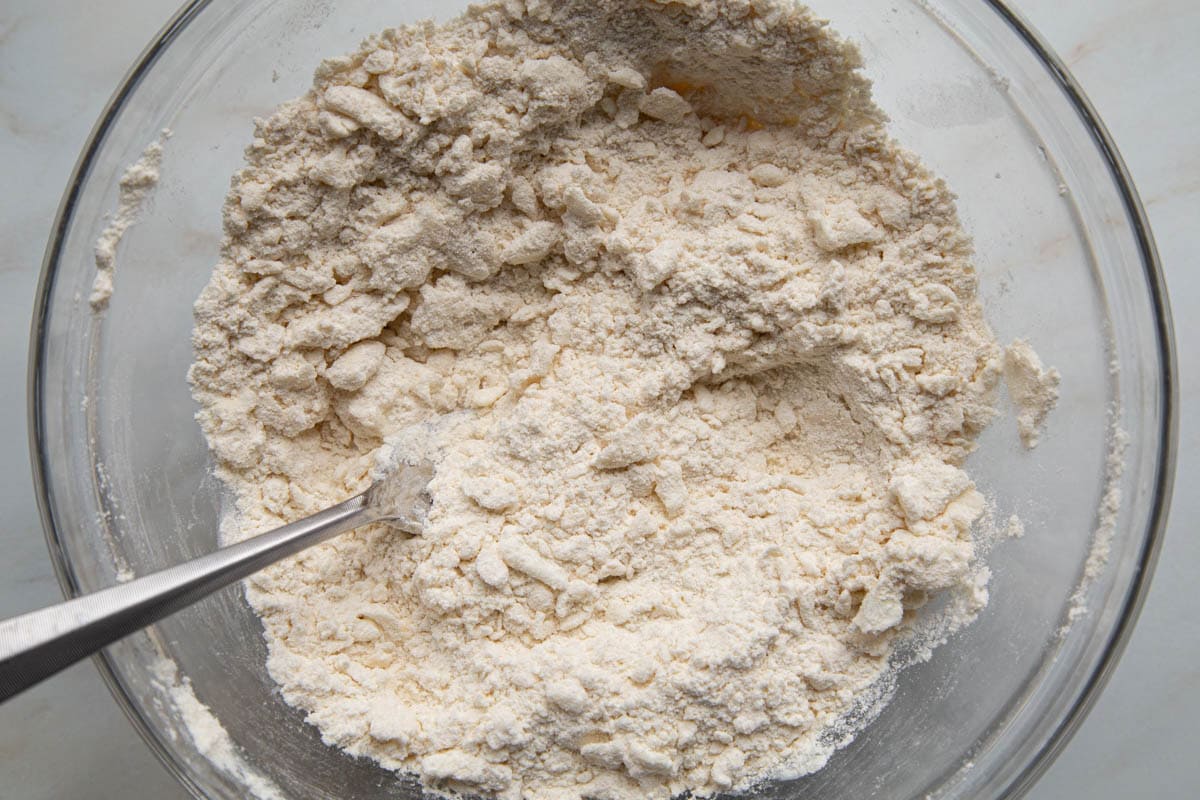
You want there to be pea-sized lumps of Crisco in there.
Then, add the vinegar and ¼ cup ice water (just the water part, not the ice).
Stir gently to combine. You should have a shaggy dough that JUST sticks together when you press it.
Add a little more water if you need it, and take care not to over mix the dough.
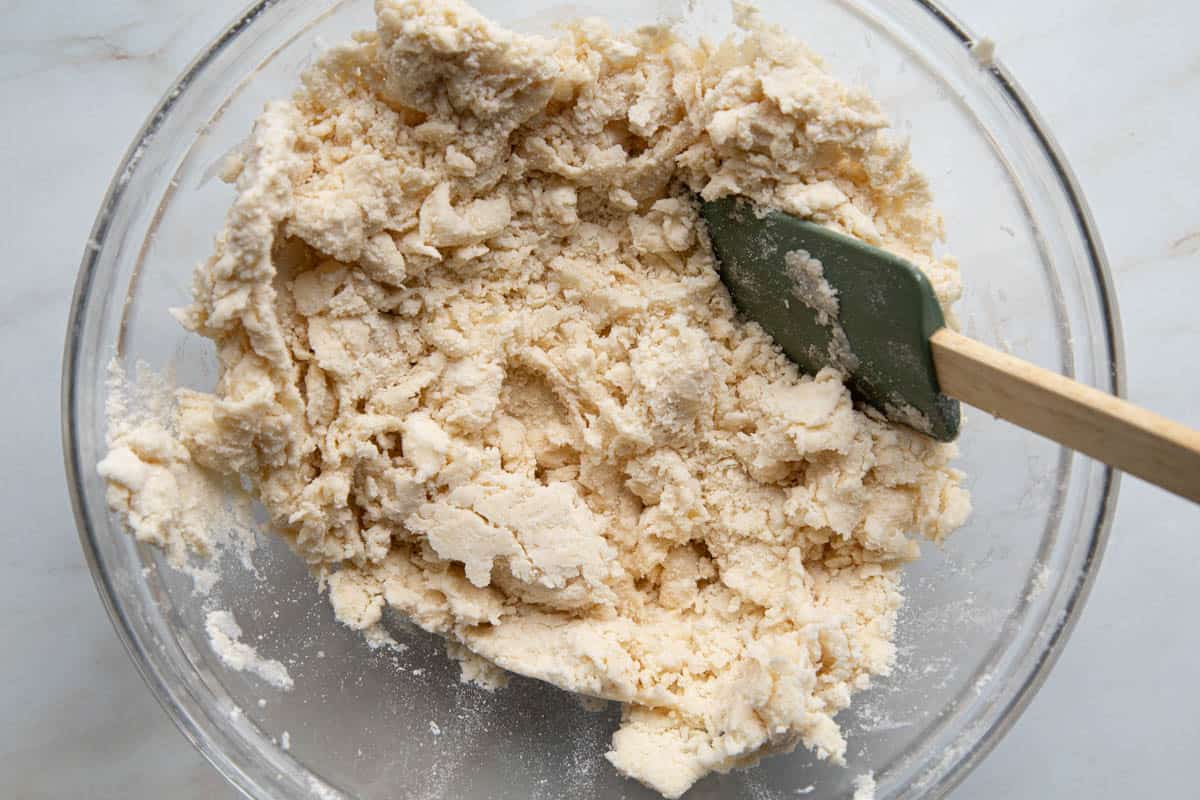
If it gets a little too wet, it’s ok. Just add a little more flour, a few teaspoons at a time.
Divide the dough onto two pieces of plastic wrap. Form each pile of dough into a disk.
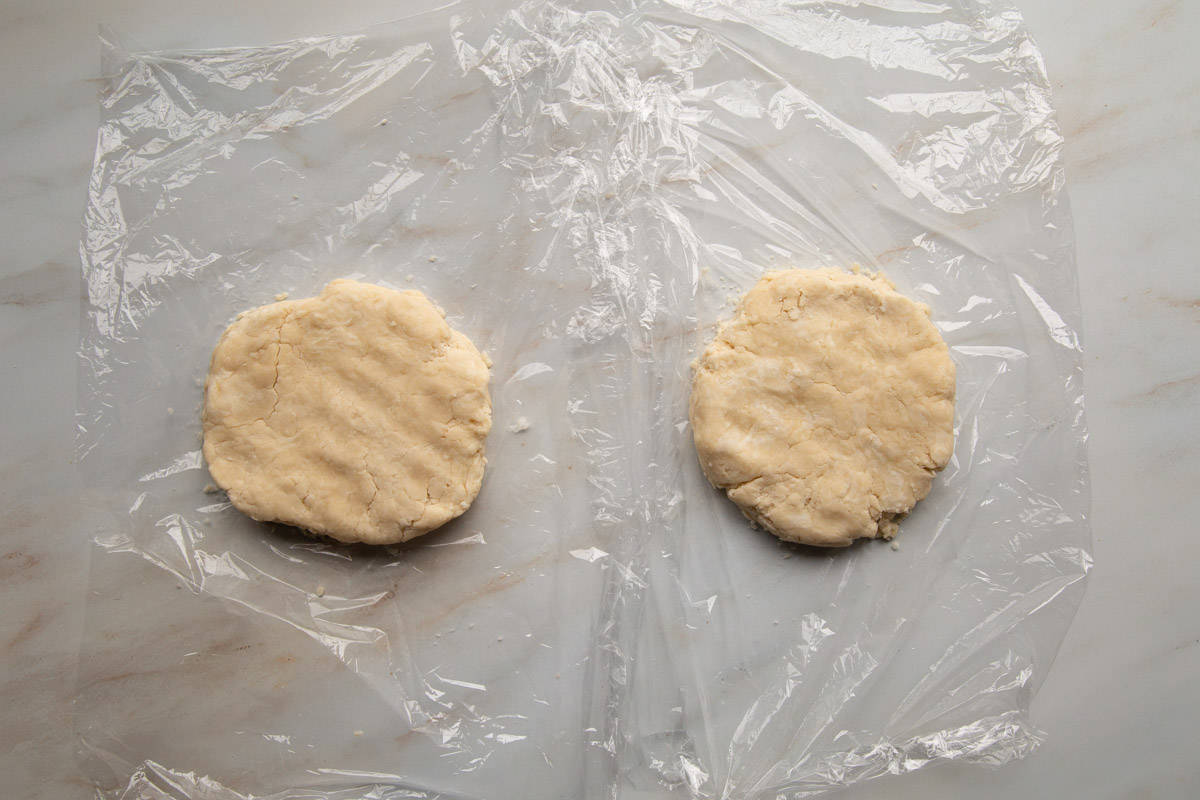
Wrap the disks well with the plastic wrap, and refrigerate for 30 minutes.
Tips for rolling out Crisco pie dough
Now the fun part—the rolling! The dough really does roll out easier than an all-butter crust.
Lightly dust flour over a work surface, then dust a rolling pin lightly with flour.
Roll the rolling pin forward and back.
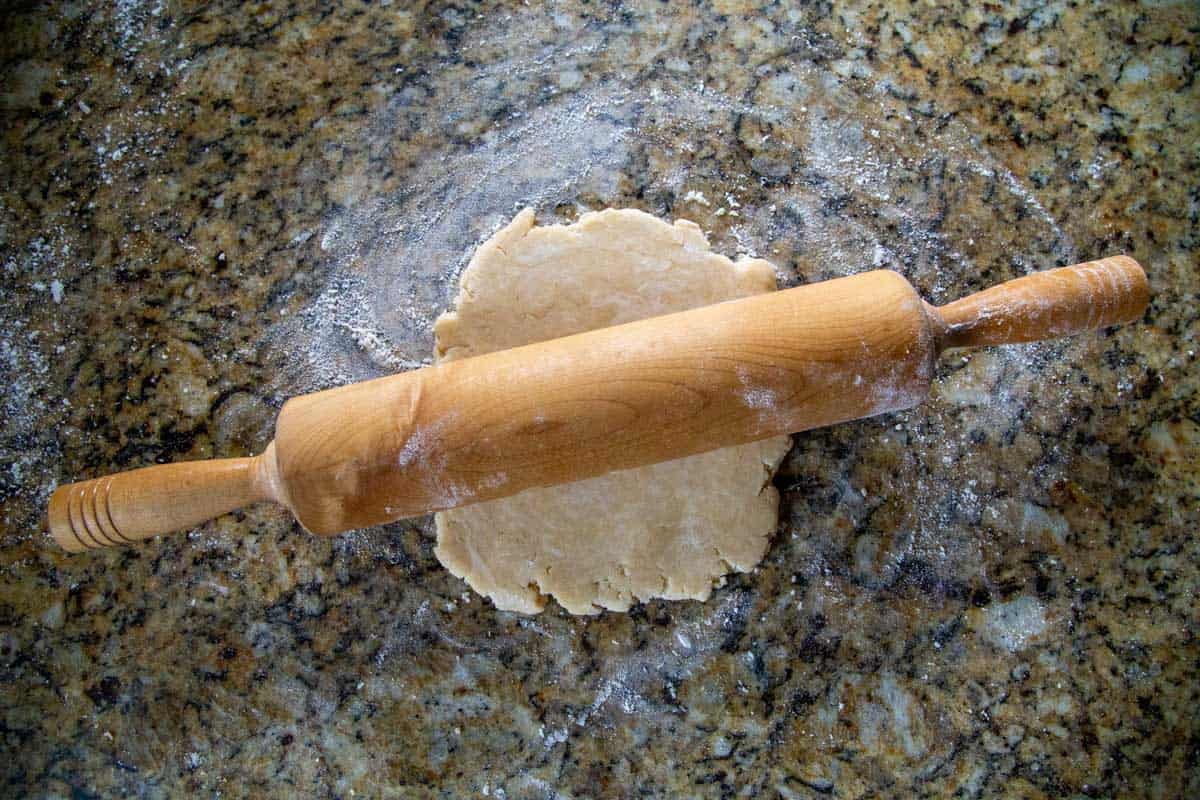
Rotate the crust 45° and then roll forward and back again. Continue rolling and rotating the dough.
It’ll naturally create a circle (or thereabouts—I always manage to get closer to a square) as you roll and rotate.
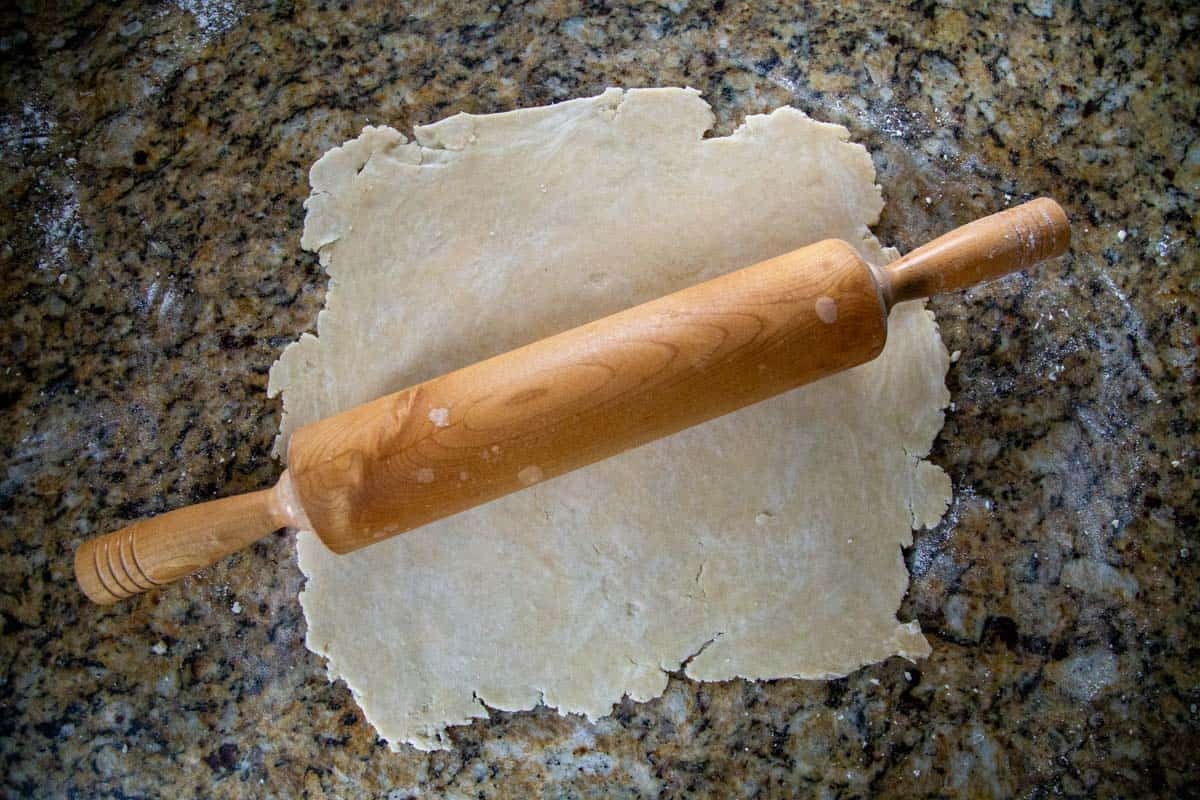
Place the pie crust into a 9-inch pie plate. Trim the edges and flute as desired (more on that below).
Then you can proceed with the recipe as directed.
Fluting, crimping, or rolling the edges
There are a number of options for the edges of the dough.
One method is called fluting. Use the knuckle of your index finger on one hand to press into the dough, then use the tips of your thumb and index finger of the other hand to form the dough around your knuckle. It creates a really pretty fluted edge.
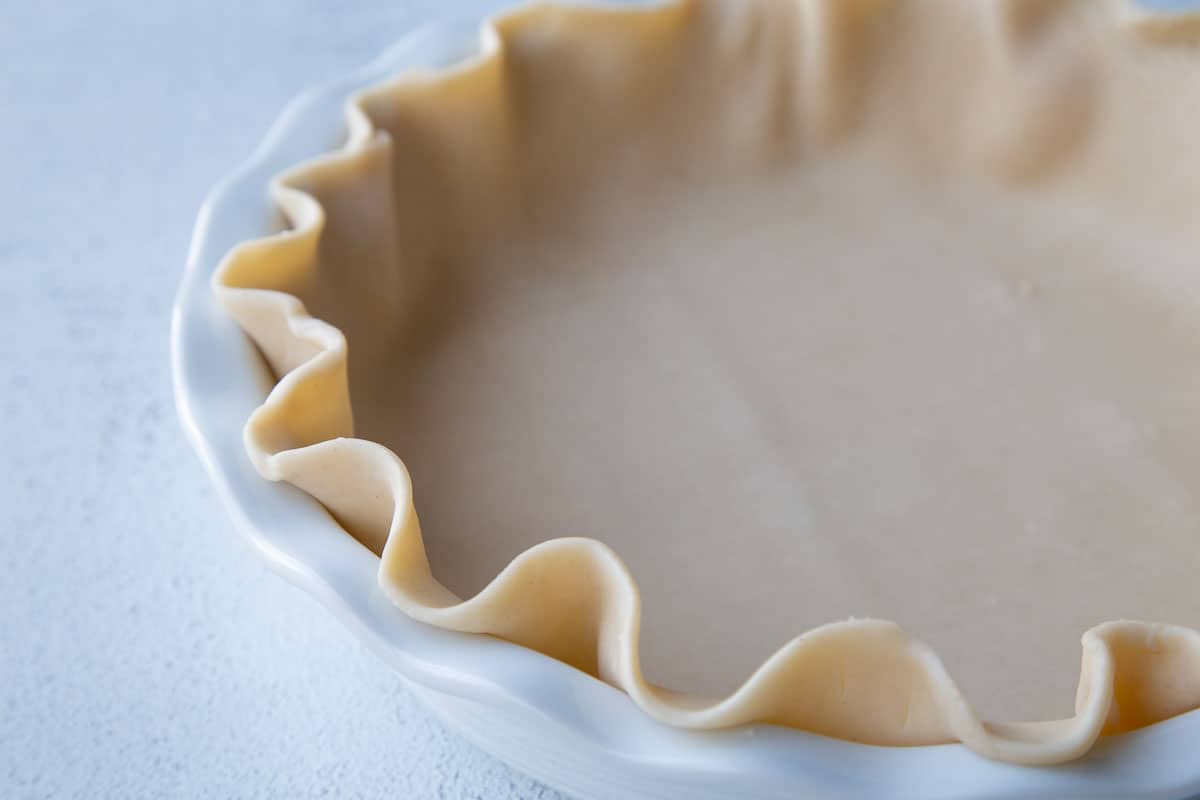
You could also try rolling the edge (especially if you have a little extra on the edges).
To do so, roll any extra crust inward, toward the center of the pie, to create a rope-like edge.
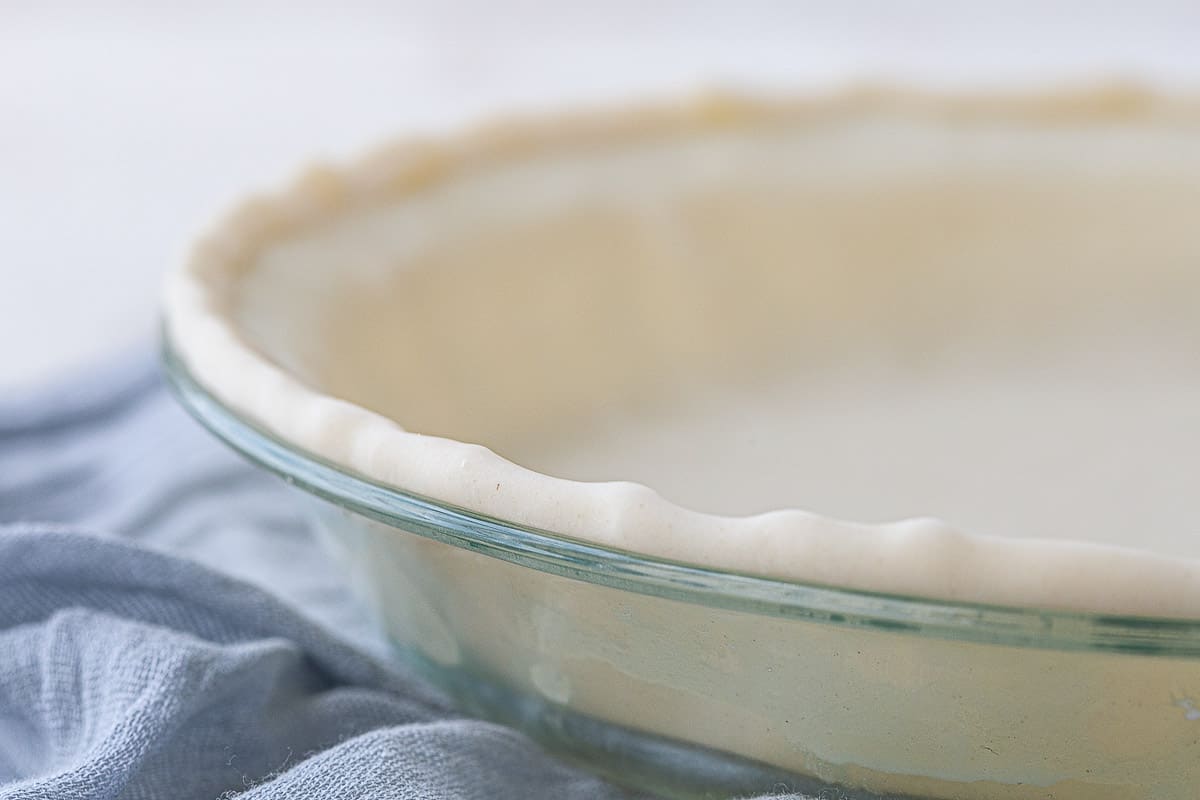
Another option is crimping the crust with a fork. Just press the tines of a fork into any crust that’s resting on the edges of the pie plate. This method is easy and quick.
Pre-baking the crust
There are three types of pie recipes:
- Pies that are baked in an unbaked crust
- Pies that are baked in a par-baked crust (this is also called blind baking)
- Pies that are made in a fully-baked crust
For pies made in an unbaked crust (like my Old Fashioned Pecan Pie), you can just proceed with the recipe as directed after you place the dough in the pie plate.
For recipes that call for a par-baked crust (like my Old Fashioned Sweet Potato Pie), bake the crust for 10 minutes at 350°F.
For recipes that require a fully-baked crust (such as Strawberry Pie with Jello), bake the crust for 15 minutes at 425°F.
The nice thing about a pie crust with Crisco is that it doesn’t shrink in the oven, so you don’t need pie weights. And you don’t need to prick the crust with a fork.
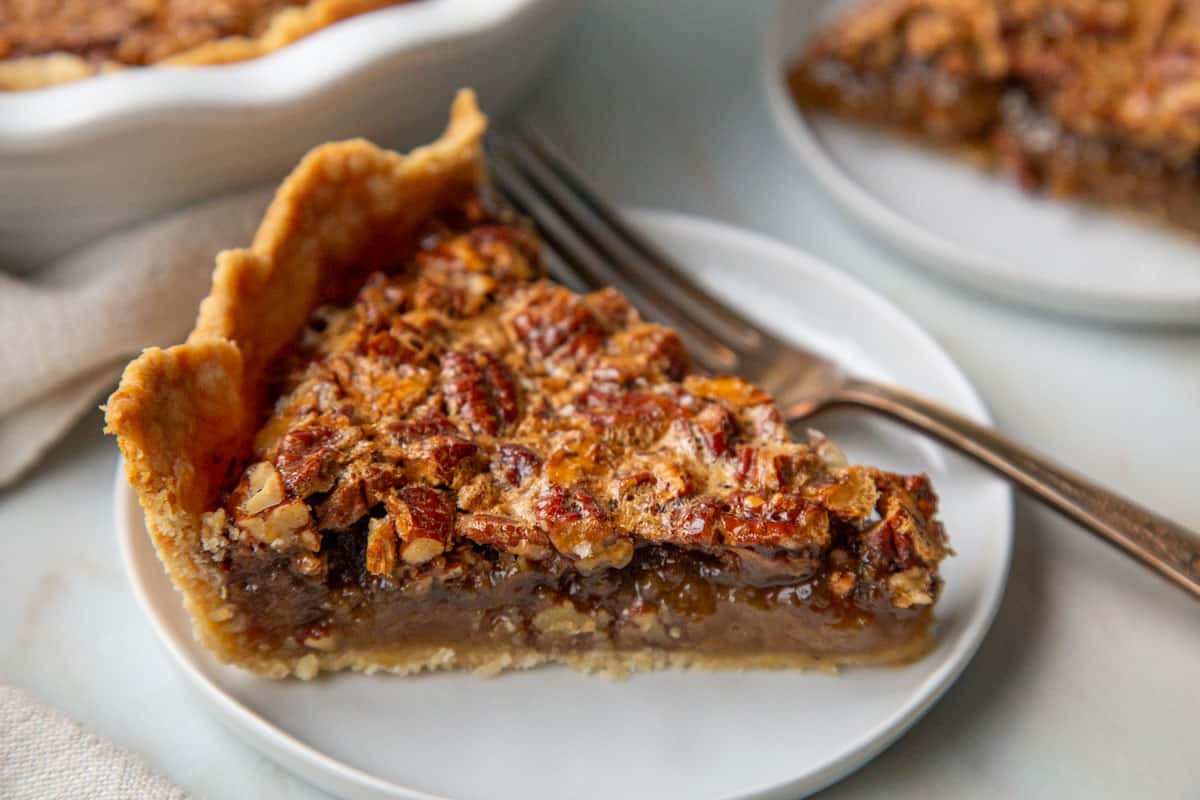
Frequently Asked Questions
The short answer is no. You can refrigerate it or even freeze it before using. But I find it easier to use it at room temperature, and use ice water in the dough to prevent it from warming up too much.
Yes! Wrap the disks of dough tightly in plastic wrap and place in a resealable freezer bag. Freeze for up to three months. Defrost in the refrigerator for 24 hours before using.
It depends! I like using Crisco because it’s easier to work with and roll out, it’s faster, and it makes the most tender crust. Butter’s biggest pro is the taste. Epicurious has a great article on Shortening vs. Butter.
Yes! Butter flavor Crisco is an excellent way to add the flavor of butter to the crust. You can also use the sticks of Crisco for easier measuring.
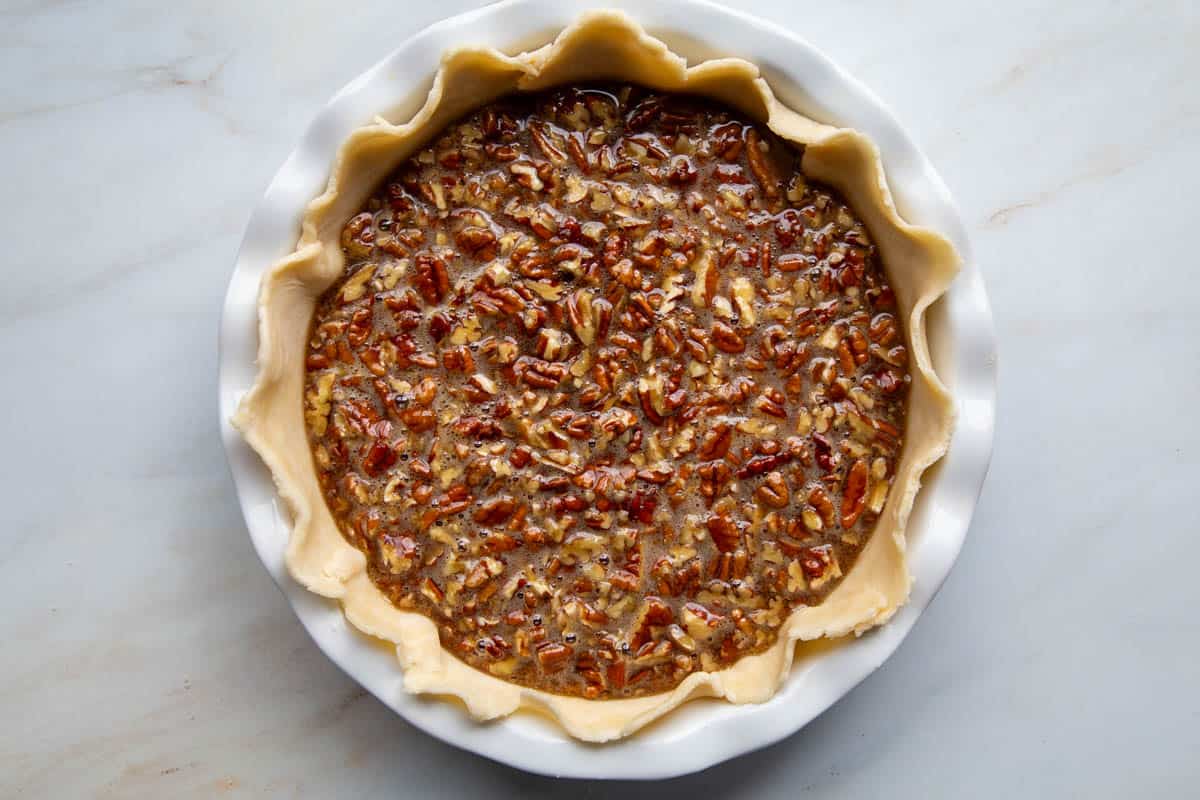
Final tips for making a pie crust with Crisco
- Use ice water to keep the Crisco cold as you create the dough.
- Avoid over mixing the dough so the crust stays tender.
- Use the technique of roll, rotate 45°, roll, rotate 45°F to easily roll out the crust.
- Store the crust for up to 4 days in the refrigerator or up to 3 months in the freezer.
Pie recipes to use with a Crisco crust
Fresh Peach Pie is delightful in the summertime, along with this Strawberry Pie with Jello.
Chocolate lovers will adore this Brownie Pie or my Chocolate Chip Pie. Both are dessert mashups that are MADE for pie lovers.
In the fall, don’t miss this Old Fashioned Pecan Pie or my Old Fashioned Sweet Potato Pie. They are staples for Thanksgiving!
Have you tried this recipe? Please leave a ⭐️⭐️⭐️⭐️⭐️ rating and/or comment below!
📖 Recipe
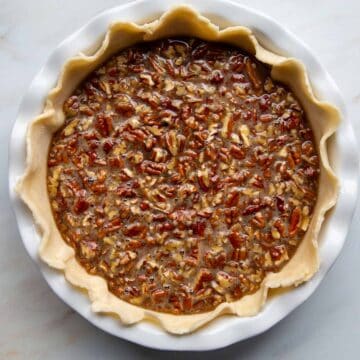
Crisco Pie Crust Recipe
Ingredients
- 2 cups all-purpose flour
- 1 teaspoon sugar
- ¾ teaspoon salt
- ¾ cup Crisco
- 2 teaspoons white vinegar
- ¼–⅓ cup ice water
Instructions
- Whisk together flour, sugar, and salt in a large mixing bowl. Cut in the Crisco with a pastry blender or two forks, until the Crisco is the size of peas.
- Stir in the white vinegar and ¼ cup ice water. Add additional ice water until a dough forms.
- Place two pieces of plastic wrap onto a work surface. Divide the dough between the pieces of plastic wrap.
- Form each piece of dough into a ball, then flatten into a ½-inch disk. Refrigerate for at least one hour.
- Roll out one disk into an 11-inch circle and place into a pie pan. Flute or crimp the edges as desired.
- Proceed with your pie recipe as directed. You can either use the other crust for a two-crust pie, refrigerate it for up to one week, or freeze it for up to three months.
- To par bake: bake at 350°F for 10 minutes, or until very light brown. Fill the pie according to the recipe.
- To fully bake (for use with no-bake pies): bake at 425°F for 15 minutes, or until golden brown. Fill the pie according to the recipe.
